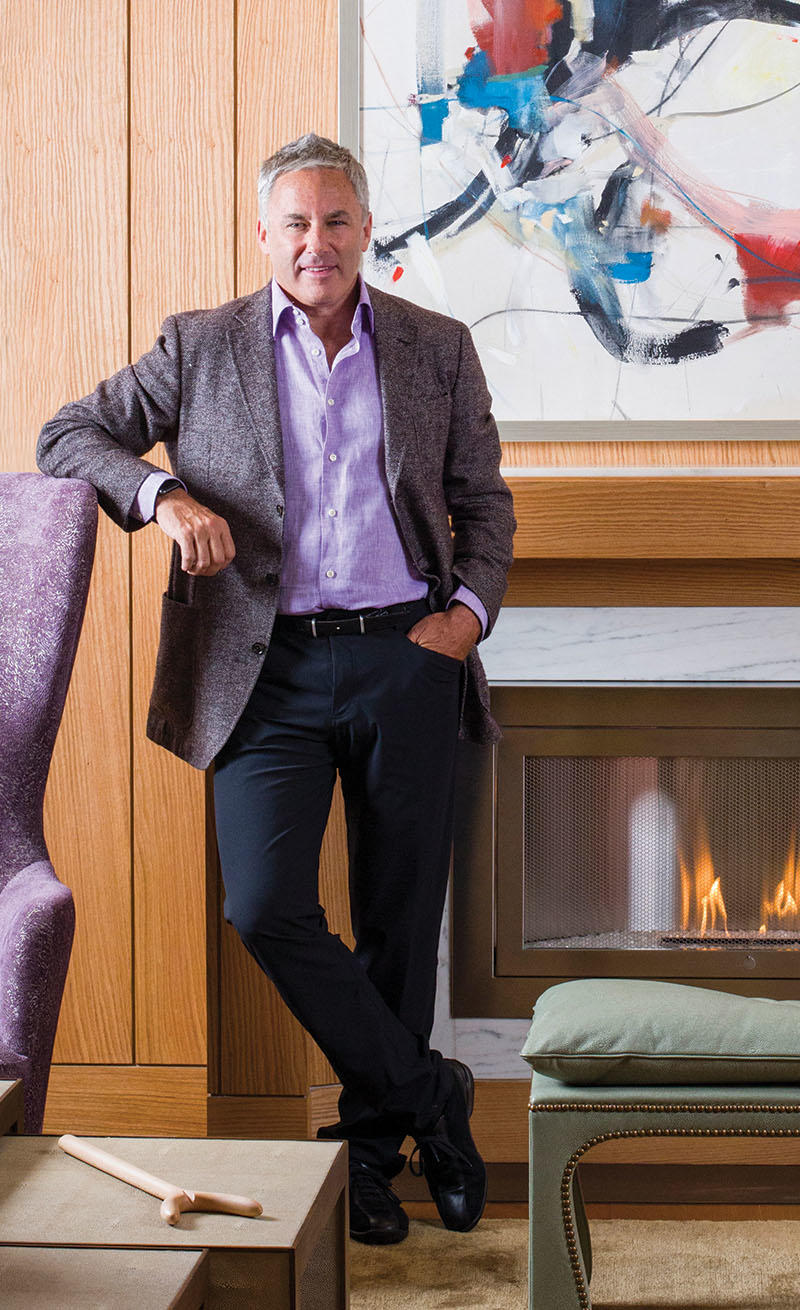Shenzhen, part of the UNESCO Creative Cities Network, is a magnet for design talent—and the site of a 10.7-million-square-foot design center megaplex. Campion Platt is one of the American maestros at its forefront.
“It’s commerce on steroids,” says Campion Platt. The New York– and Palm Beach–based designer is talking, of course, about China. “It’s a huge market. There are more billionaires in Shenzhen than in all of California, including Silicon Valley. There are more consumers buying apartment products than the entire population of the United States. They’re going to buy 400 million chairs next year.”

For the past four years, the designer has been making regular trips to China to get the lay of the land. “I saw an opportunity—that’s why I started going in the beginning—but it takes a while to build a brand there.” He let several licensing deals pass him by, sensing that they weren’t the right fit. But when the opportunity presented itself to develop a 15,000-square-foot showroom featuring American luxury brands and design an interior design school within the International Art Design Center (iADC) in the heart of Shenzhen, he jumped at the chance.

BOH subscribers and BOH Insiders.









































